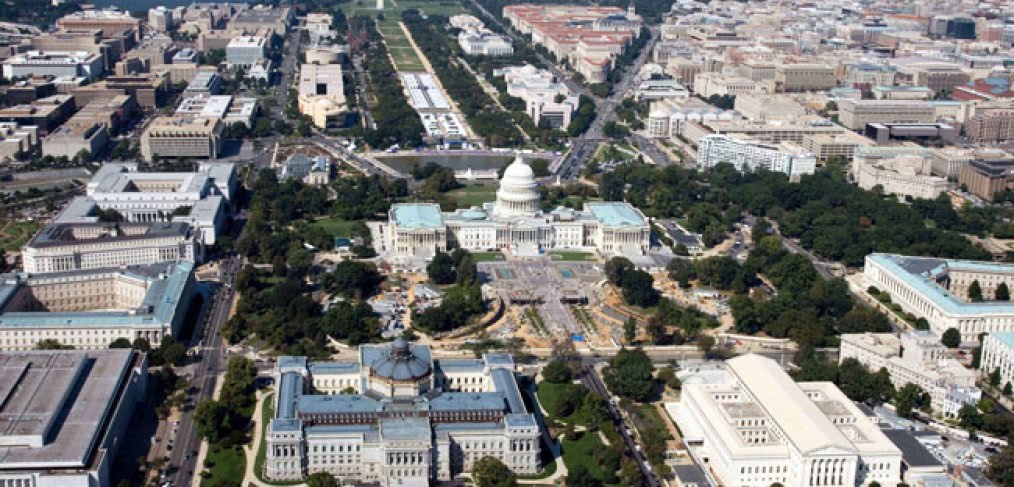
Is DC the Greenest City in the US?
On June 18, at the offices of the Architect of the Capitol, I led a discussion, “Sustainable DC: Buildings and Beyond.” Organized by the Washington chapter of the American Institute of Architects Committee on the Environment, the event brought together policymakers, analysts, and architects to discuss the recently revealed Sustainable DC Plan, which aims to make Washington the greenest city in the US over the next two decades.
This begs a question: What makes a city “green”?
Last month, Mother Nature Network revealed its list of the 10 greenest cities, and the top spot went to Portland, OR, a choice consistent with other recent rankings, such as Realtor.com. MNN celebrates Portland for its “bikeability” and DIY sustainable food education, including classes in “container gardening and cheese making, or beekeeping and chicken keeping.” Very Left Coast. So a “green city” must be a modestly scaled, hands-on community, right?
Actually, in 2007 the Santa Fe Institute issued a report concluding the opposite—the bigger the city, the greener it is. The reason is density—more people per square foot equals lower average waste. “By the most significant measures,” David Owen has written in The New Yorker, “New York is the greenest community in the United States, and one of the greenest cities in the world.” Carbon emissions in the Big Apple are less than a third of the national average, and typical electricity use is 75 percent lower than Dallas. Gasoline consumption approximates U.S. levels from the 1920s.
Portland and New York competing for “greenest” status is a David-and-Goliath battle between hamlet and metropolis. To complicate things further, there’s yet another way to measure how green a city is.
Every year, the US Green Building Council issues its top 10 states with the largest number of new buildings certified under its Leadership in Energy and Environmental Design (LEED) rating system. This year, for at least the third year in a row, the number one spot went to the District of Columbia—more city than state. In fact, the National Capital Region accounts for half of the top six slots, with Virginia ranking at number two and Maryland at number six. Per capita, DC has nearly twice as many square feet of LEED-certified buildings as the other nine states combined.
DC wants to become the greenest city in the country by 2032. Yet, according to the USGBC, it might already be—at least for buildings.
Image via Carol M. Highsmith
